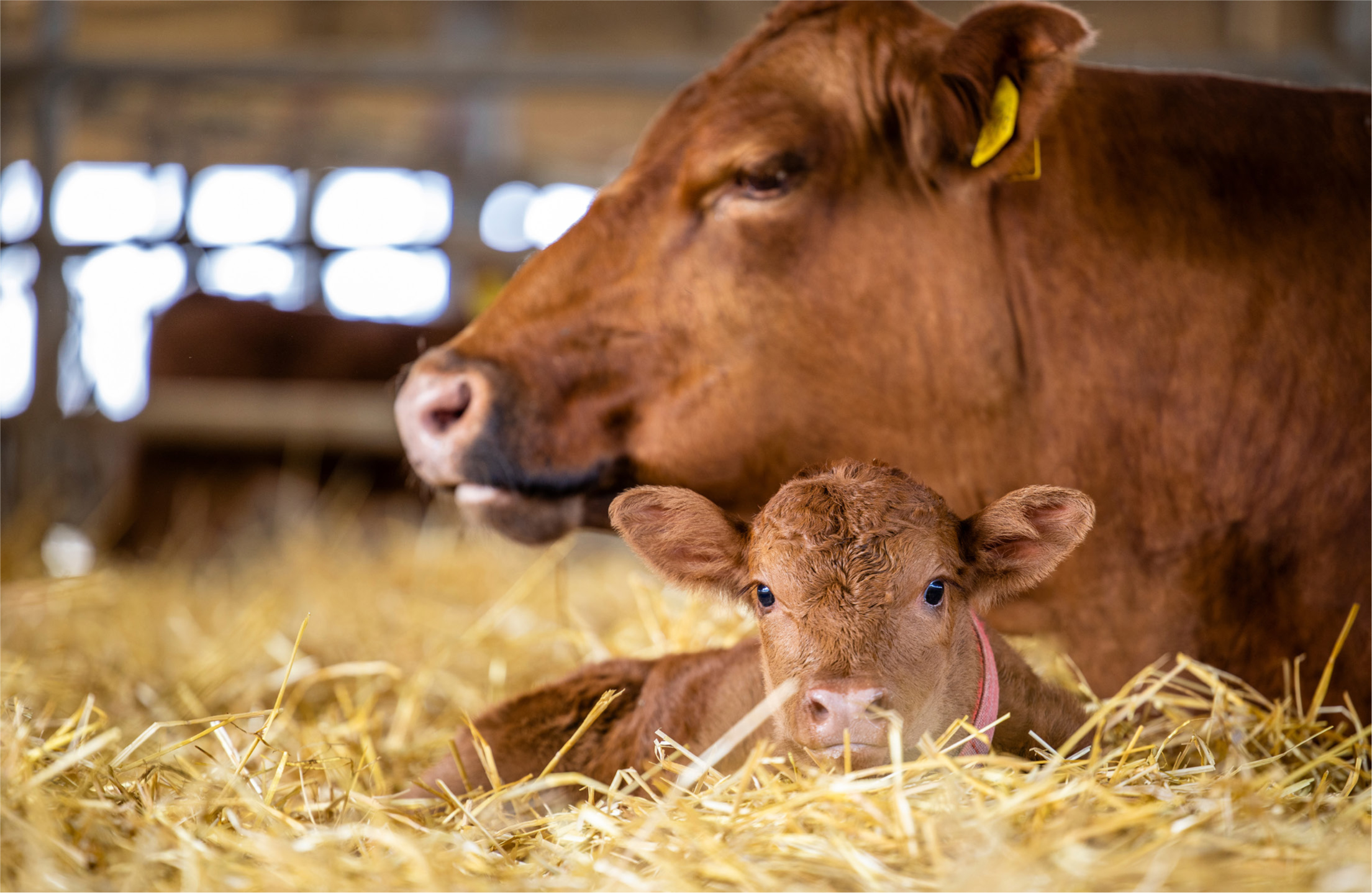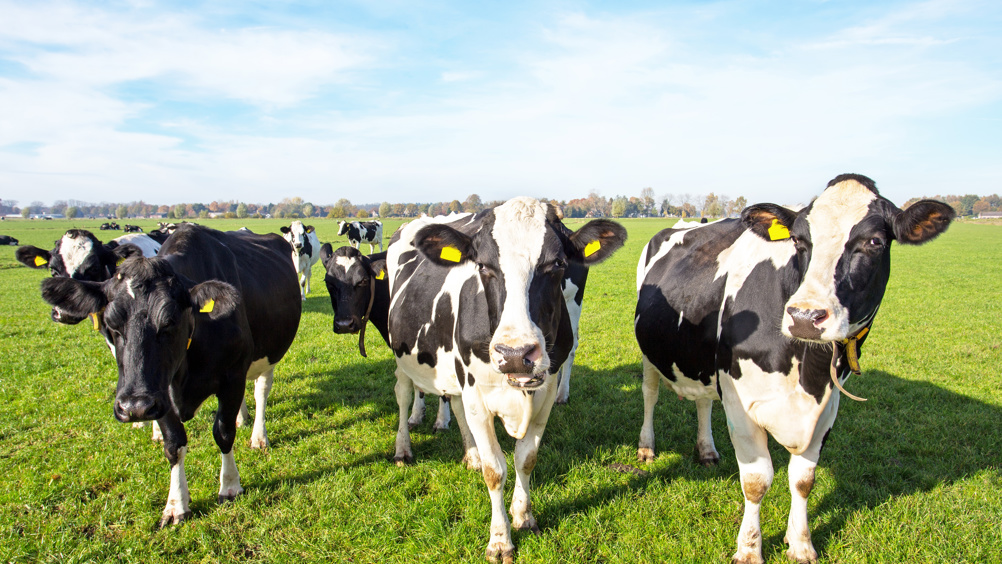
The session provided a review of metabolic diseases around calving, including subclinical ketosis and hypocalcaemia, looking at causes, how vets can get more involved in monitoring these diseases and the targets they should be aiming for.
The transition period is defined as 3 weeks before and after calving. This is when most metabolic disease occurs in dairy cows. Excessive negative energy balance lies at the heart of this. Poor calcium status is also linked. It reduces intakes, leading to an increased risk of negative energy balance but there is also probably a direct link to immunosuppression, particularly around the point of calving. Metabolic disease and infectious disease are very strongly linked – a theme that was discussed throughout the workshop. Julia highlighted how subclinical disease is common in UK dairy herds.
Subclinical ketosis
Dairy cattle are metabolic athletes. Energy requirements for the average dairy cow double from a week before calving to just after calving. It is important to emphasise just how great the energy requirement can be with the highest yielding animals.
Cows have a reduced dry matter intake just before calving, and then there is a huge increase in energy demand. Using a higher energy density ration can help compensate for this to some extent, but the key factor is how quickly dry matter intake can be increased to close that gap.
Julia then covered how cows are adapted to mobilise fat in early lactation, in order to allow the cow to prioritise milk production for calf survival. In moderation, fat mobilisation and ketogenesis are beneficial, but when taken to extremes they are detrimental to health and productivity.
How are herd issues diagnosed?
How do we know if the degree of non-esterified fatty acid (NEFA) mobilisation and ketone production is within normal bounds or whether it has tipped over the edge? Clinical disease is often only the tip of the iceberg in a herd. Clinical ketosis is rare and should be recorded and intervention levels should be set.
What is the impact of excessive fat mobilisation? At an individual cow level, there are effects including reduced immune function, reduced milk production, a reduction in fertility and increased postpartum disease. Increased ketones also have a risk of reduced production and fertility and increased metabolic disease. How do we define too much? It is key to look at an individual level and herd level.
NEFA and beta-hydroxybutyrate (BHB) levels can be measured. NEFA and BHB do not have good correlation. Most studies show NEFA is a more accurate measure than BHB and a better predictor of health and production outcomes. However, Julia highlighted that there is a practical aspect to this. BHB can be tested cow-side, whereas NEFA cannot and requires samples to be sent off to a lab. In most monitoring situations, BHB will be adequate, but in herds experiencing health issues and production or fertility issues, conducting both tests is important.
Monitoring negative energy balance at a herd level is essential. This allows the vet to determine whether preventative action – such as looking at diet formulation – or investigation needs to take place at a herd level.
The issue of when to sample was also discussed. For NEFAs the first 2 weeks post-calving are the best time to test. BHB tests are best 4–6 weeks post-calving. Julia looked at how timing of samples in relation to feeding and interpreting the results is important.
Julia also looked at how many cows to sample. The answer depends on the herd prevalence target and the number of cows at risk.
Hypocalcaemia
Calcium requirements for a dairy cow also increase significantly before and after calving. Clinical cases are again just the tip of the iceberg. Some studies show older cows are more at risk, but Julia highlighted that in one study 25% of first lactation cows had hypocalcaemia.
Subclinical hypocalcaemia can be associated with increased risk of retained fetal membranes and metritis. There are also direct links between low calcium and reduced immune function.
Monitoring low blood calcium can be challenging, although there are now hand-held calcium meters. Herd intervention levels are being researched, but are suggested at 25–30%. Cows preferably need to be sampled in the 1st 48 hours post-calving. Ideally, vets need to sample a lot of cows, however if sampling begins with a few cows and they all have low calcium, there is likely to be an issue to investigate. Urine pH can be measured to monitor dietary cation anion balance systems.
What's new? Oxidative stress, inflammation and immune function
There is a lot of research around oxidative stress, inflammation and immune function. Metabolic disease and immune function are interlinked. Cows have been shown to have reduced immune function in the transition period. Inflammation is highest immediately after calving – even in the absence of clinical disease – then reduces rapidly within the first week. Some degree of inflammation is necessary. Levels of inflammation vary between farms and research is underway to understand this.
Oxidative stress is caused by excess production of reactive oxygen species. Oxidative stress can be caused in the transition period in a number of ways. Reduced dry matter in-take reduces the number of antioxidants consumed, increased metabolic demand increases reactive oxygen species and increased immune responses cause increased reactive oxygen species. Oxidative stress, immune function and inflammation all interact to create what is known as the metabolic stress triangle.
Inflammation has been found to be greater in first lactation heifers. Inflammation reduces the drive to eat, increasing the risk of metabolic disease and the risk of reduced productivity. It is important not to forget about this group, even though many focus on older cows. What can be done for these cows? Reducing stress by thinking about socialisation, heifer groups, minimising group changes and running cows through the parlour before calving to get them used to it can all help.
How do vets know which farms are at greatest risk?
High levels of clinical disease are a clear red flag, but regular monitoring of negative energy balance and subclinical hypocalcaemia is important.
Preventative strategies
Julia also briefly discussed preventative strategies. Nutrition plays a key role: dry period nutrition, feed management, body condition management in the previous lactation, maintenance of dry matter intake by ensuring palatability, availability and presentation of feed, and avoidance of stressors like group changes can all play a role. It is important to ensure energy and protein requirements are met, and cows are supplied with adequate, but not excess, minerals, trace elements and vitamins.
While intervention is possible at a group level, it is also important to look at cows on an individual level. For high-risk cows, there are several strategies that can help including reduced stocking in a fresh pen, with a focus on cow comfort. Limiting time away from pen, reducing thermal stress and providing consistent access to feed and water can all play a role. Targeted support may be needed for high risk cows like calcium/D3 boluses, and energy support after calving.
Conclusions
Transition nutrition is a complex area and new research is uncovering the interactions between oxidative stress, immune function and inflammation.


